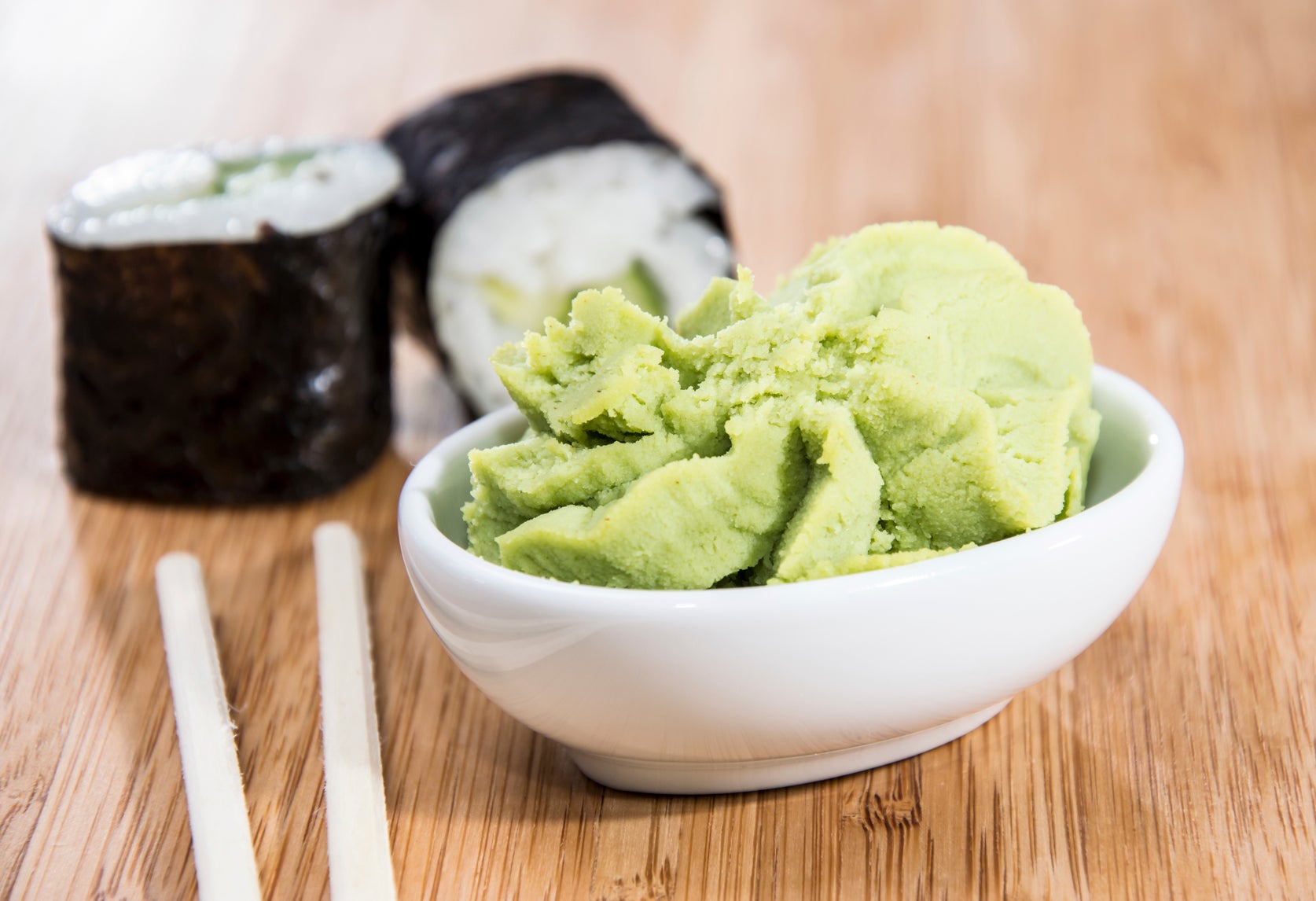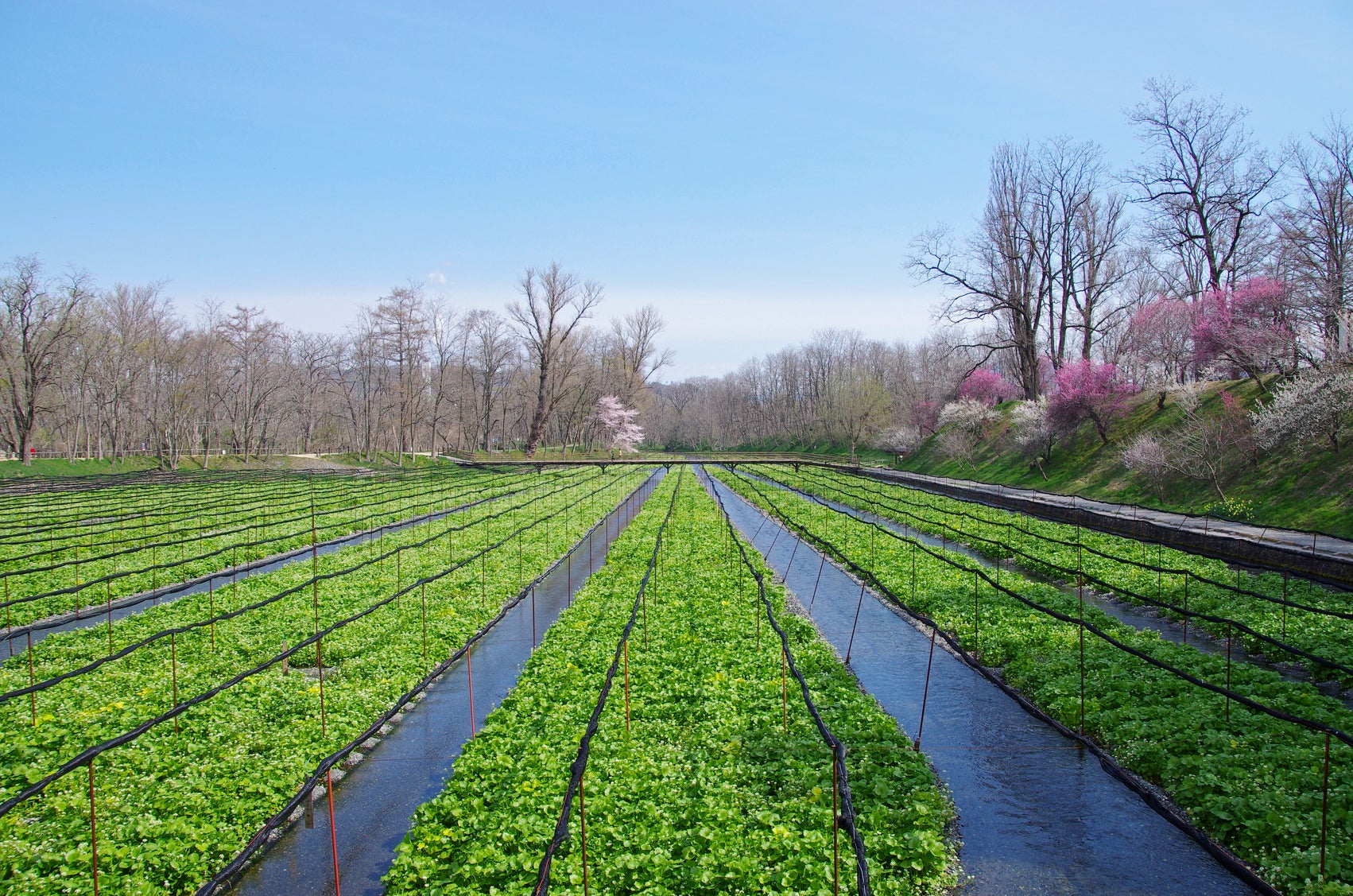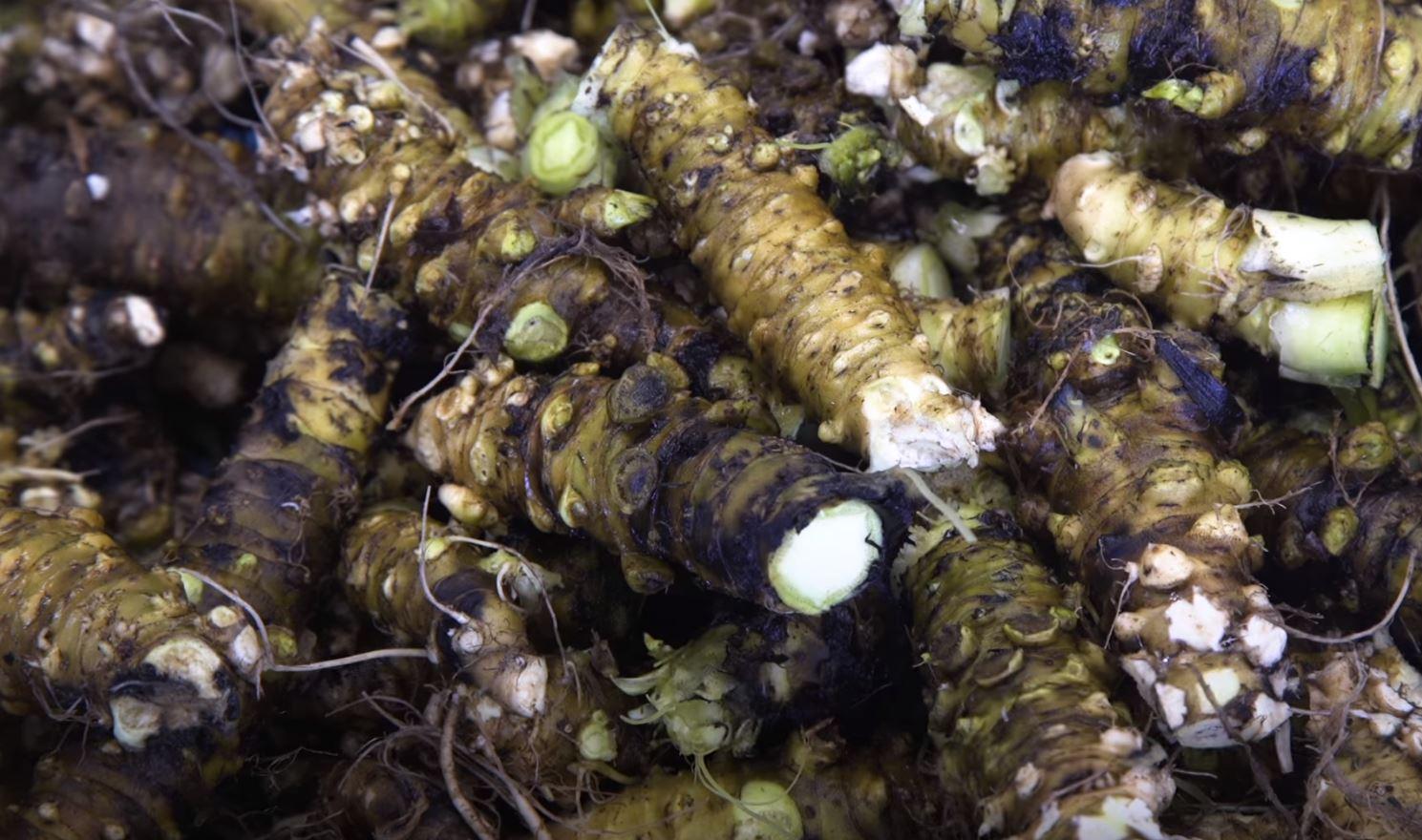Wasabi paste on your plate is probably mashed-up horseradish with food colouring
Some sachets contain just 0.6% wasabi plant

Your support helps us to tell the story
From reproductive rights to climate change to Big Tech, The Independent is on the ground when the story is developing. Whether it's investigating the financials of Elon Musk's pro-Trump PAC or producing our latest documentary, 'The A Word', which shines a light on the American women fighting for reproductive rights, we know how important it is to parse out the facts from the messaging.
At such a critical moment in US history, we need reporters on the ground. Your donation allows us to keep sending journalists to speak to both sides of the story.
The Independent is trusted by Americans across the entire political spectrum. And unlike many other quality news outlets, we choose not to lock Americans out of our reporting and analysis with paywalls. We believe quality journalism should be available to everyone, paid for by those who can afford it.
Your support makes all the difference.There's a good chance you've never eaten actual wasabi at all - even if you're a sushi addict.
That green paste that you're smearing on your sashimi is most likely just a mixture of water, mashed horseradish and a dash of colouring - with just a trace amount of the actual plant.
One high-street chain said its sachets of wasabi contain just 0.6% Wasabia Japonica plant, which the traditional paste is made from.
While it may be surprising, it's not hard to understand why: the Wasabia Japonica plant is widely regarded to be one of the hardest to grow.
It requires lukewarm spring water, a specific amount of light and shade, and 18 months in the ground for perfect growth.
It also very rapidly loses its flavour once it has been grated, and is best served within five minutes.

That's why high-end chefs usually layer it up between rice and fish, to stop it from losing its pungency.
In Japan, the flavour is released by grinding the plant's stem - not the root - on a shark-skin grater, to release the complex sweet and spicy flavour.
A spokesman for Itsu told The Independent that its sachets of wasabi contain just 0.6% wasabi plant, with horseradish making up a fifth of the concoction.

They argued that freshly grated wasabi begins to lose its heat and flavour after five minutes.
Itsu aren't the only ones doing this, which led food website Foodbeast to conclude that unless you've tucked into traditional Japanese cuising while in Japan, "you've probably never had actual wasabi".
Join our commenting forum
Join thought-provoking conversations, follow other Independent readers and see their replies
Comments